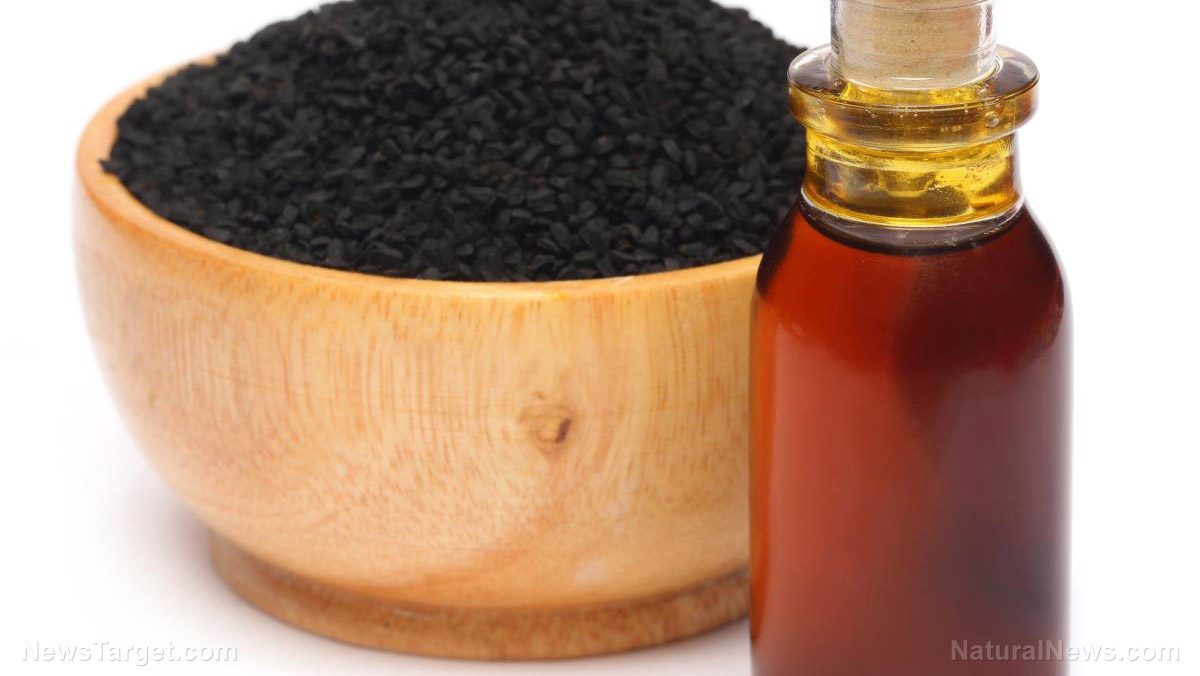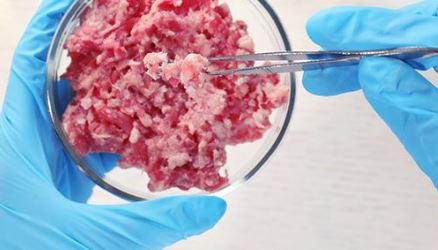Lab-made chicken meat grown from CANCER CELLS receives FDA approval – are you ready to eat TUMOR nuggets?
04/11/2023 / By Ethan Huff

Artificial chicken meat grown in stainless steel “bioreactors” is the next thing to hit the American market, thanks to the U.S. Food and Drug Administration (FDA).
The corrupt federal regulatory agency has green-lighted not just one but two different lab-grown “chicken meat” products for human consumption: one produced by Upside Foods and the other by GOOD Meat, both based out of California (GOOD Meat also has an office in Singapore).
Last year, the FDA announced that the laboratory-derived “chicken” made by Upside Foods is “safe to eat,” which means the company can soon start mass producing it for the consumer market.
“To manufacture its meat, Upside Foods harvests cells from live animals, chicken tissue, and uses the cells to grow meat in stainless-steel tanks known as bioreactors,” one report explains.
The FDA proudly announced that it has “no further questions” about the safety of Upside Foods fake meat, which Commissioner Robert M. Califf declared to be safe for human consumption.
“The world is experiencing a food revolution,” Califf said.
“Advancements in cell culture technology are enabling food developers to use animal cells obtained from livestock poultry, and seafood in the production of food with these products expected to be ready for the U.S. market in the near future.”
(Related: Check out our earlier coverage from last year about the abomination known as lab-grown “meat” and why you should avoid eating it at all costs.)
FDA Commissioner Robert M. Califf says agency’s main purpose is to promote fake food
Califf went on to praise the fake meat industry for supporting the FDA’s own mission, which apparently involves rubber-stamping approval for anything and everything that is synthetic and probably unhealthy for people to eat.

“The FDA’s goal is to support innovation in food technologies while always maintaining as our first priority the safety of the foods available to U.S. consumers,” Califf admitted.
Upside Foods founder and CEO Uma Valeti publicly celebrated the FDA’s decision, calling it a really good thing for the company’s bottom line.
As for GOOD Meat, Reuters celebrated the FDA’s decision to make it the second “cultivated meat product” available on the market.
“GOOD Meat’s chicken is the second cultivated meat product to receive a ‘no-questions’ letter from the FDA after California-brd [sic] UPSIDE Foods got the regulator’s green light for its cultivated chicken breast last November,” the fake news media outlet reported.
“The letter means the FDA accepts the company’s conclusion that its product is safe for humans to eat.”
Just like it did with Upside Foods, the FDA indicated that it has “no questions at this time” about GOOD Meat’s “conclusion that foods comprised of or containing cultured chicken cell material [are] as safe as comparable foods produced by other methods.”
Keep in mind that the FDA still will not allow you to buy and sell natural raw milk or butter products. Those healthy foods are “unsafe,” according to the agency. But fake, lab-grown meat? Open wide!
The United States is now closer than ever to seeing fake chicken and other fake meat products hit not only store shelves but also restaurant menus. Chances are that in the near future, any meat products ordered at a standard American restaurant will contain synthesized ingredients that look, smell, and taste like the real thing – and you probably will not even know about it since the FDA is notorious for not requiring proper labeling for such things.
“It takes two weeks to grow the equal to one chicken, a thousand chickens or 100,000 chickens,” Valeti told the media about how long it takes for his company’s lab-grown chicken meat to form in a bioreactor.
The powers that be are turning everything into an abomination, including the food you feed your family. To learn more, visit Frankenfood.news.
Sources for this article include:
Submit a correction >>
Tagged Under:
absurd, cancer, chicken, clean food watch, deception, disease causes, Fake, fake food, faked, FDA, food science, food supply, frakenfood, GOOD Meat, gross, ingredients, left cult, meat, Upside Food, world agriculture
This article may contain statements that reflect the opinion of the author



















